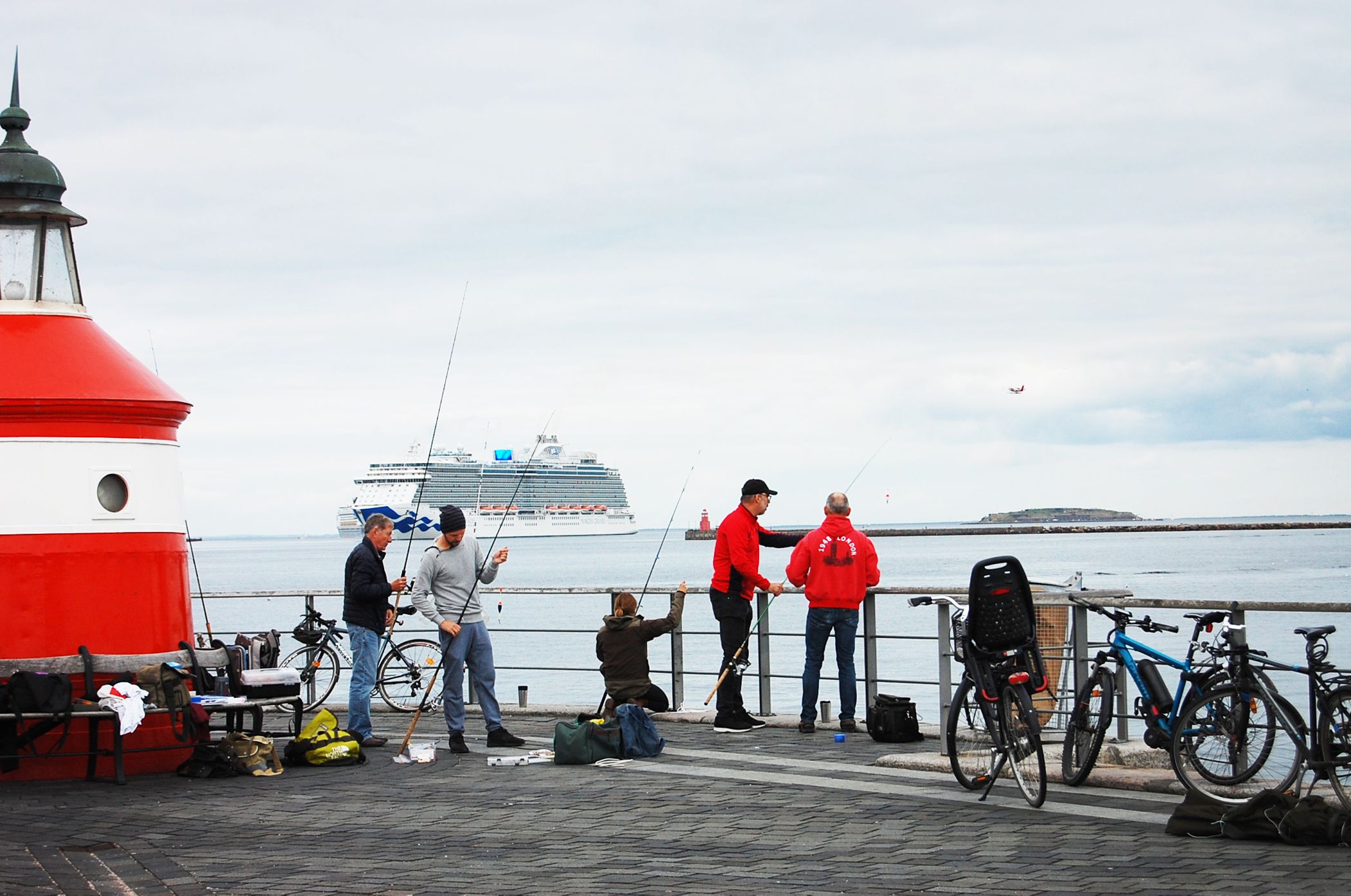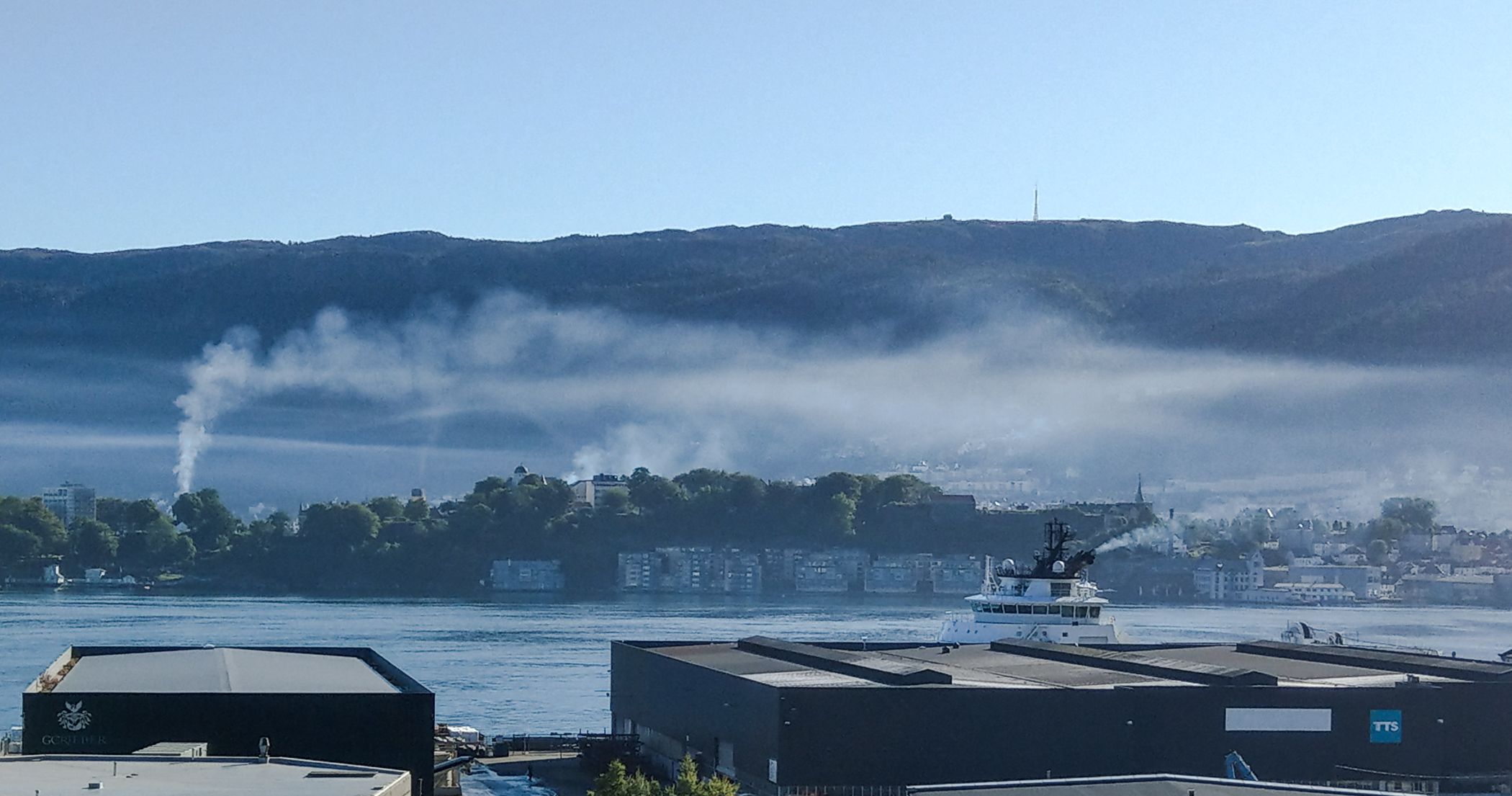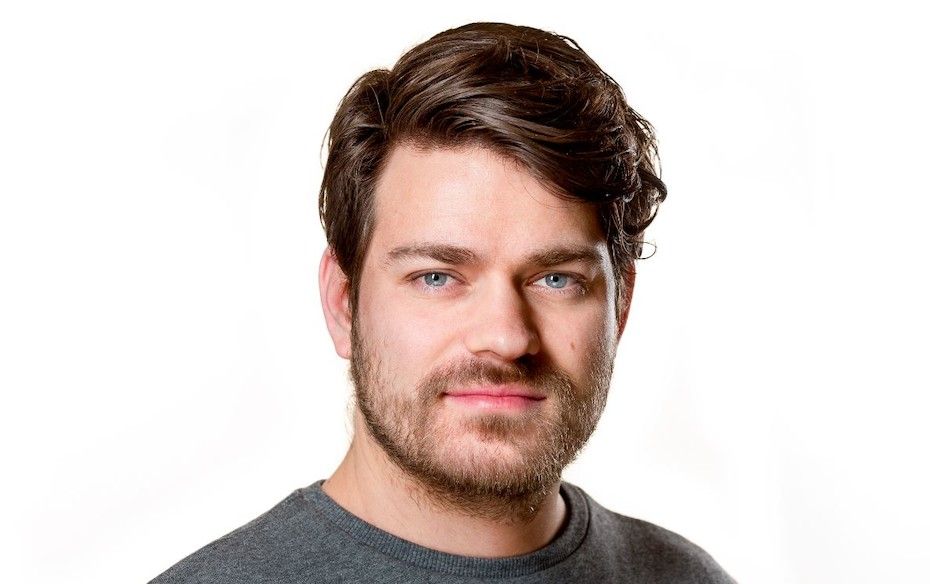The technology is here:
Shore-side electricity is easy to install
In the past, the idea of providing cruise ships with shore-side electricity to protect Copenhagen from smoke pollution was dismissed as a prohibitively costly and technically difficult solution. Since then, the technology has matured.
A ribbon of black smoke drifts from the funnel of M/S Arcadia, a cruise ship docked at Langelinie in Copenhagen. She docked here nine hours ago and is now ready to leave for Southampton. The last of her passengers boards the 285-metre long ship that accommodates just over 2,000 guests and 1,000 crew. This year’s cruise season in Copenhagen is expected to beat all previous records: just less than 350 calls.
A survey conducted by the Ecological Council, an independent environmental organisation, shows that the cruise ships calling at the Eastern Bridge district of Copenhagen significantly increase air pollution on the port and in neighbouring urban districts, in which for some years there has been a private housing boom. The cruise ships burn marine (bunker) fuels that contain 100 times more sulphur than road vehicle diesel. These leviathans also emit large quantities of CO2, NOx and particular matter.

325 cruise ships called into the Danish capital last year. The ships emit particles containing high concentrations of black carbon (soot) and bitumens that are classified as Group 1 carcinogens. Photo: Laura Bisted Jacobsen
“The pollution is very intensive. Onshore winds bring cruise ship pollution that corresponds to living next to a busy road with 52,000 vehicles passing each day. The pollution increases the risk of cancer, strokes, cardiovascular diseases and asthma,” says Kåre Press-Kristensen, Senior Consultant at the Ecological Council, who was responsible for the survey. He emphasises that the problem is growing because the number of cruise ships is increasing all the time.
When the ships are in dock, they are effectively huge floating hotels. The ship’s diesel generators provide electricity to power all its facilities. When in dock, a large cruise ship uses about 3,000 litres of fuel per hour. A cruise ship burns as much fuel per day as a small Danish provincial town.
Shore-side electricity eliminates smoke and pollution
This summer, the people of Bergen, Norway experienced a special weather phenomenon that enveloped the town in a thick blanket of ghostly fog. Helge Misje Johannesen lives in this Norwegian hill town. He took a picture of the yellow smog above the cruise ships.
“I was angry to see that smoke. We’re told we have to be patient but we breathe the air here every day,” says Helge Misje Johannesen, who passes the port each morning on his way to work.

330 cruise ships are expected to call in at Bergen this year. Smoke from the ships is already causing problems so the Port of Bergen has ordered a shore-side electricity system for cruise ships. Photo: Kåre Press-Kristensen
His photo triggered a debate in the local media because cruise ship tourism is an important industry for the town. 330 cruise liners are expected to call in at this small city this year. The Port of Bergen already offers shore-side electricity for smaller vessels and has now ordered a shore-side electricity (SSE) system for cruise ships.
For several years now, the Ecological Council has recommended that the City of Copenhagen introduce shore-side electricity for the floating giants in order to curb pollution. Until now, the municipal authority dismissed the idea. Late this summer, the shore-side electricity debate flared up once more.
“Copenhagen simply cannot afford not to introduce SSE,” Kåre Press-Kristensen believes.
“There is no other way if Copenhagen is to be a green, CO2 neutral capital. The politicians have to step up to the mark. The market cannot do this on its own. Bunker fuel is cheapest for the shipping line but, ultimately, society carries the cost,” he says.
Instead of the ship’s generating its own power, shore-side electricity supplies electrical power to the vessel via a very large cable. When the huge plug is in its socket, the captain shuts down the diesel generators and the vessel stops emitting smoke and noise.
In Europe, the Port of Hamburg was a pioneer in this field. In 2016, working with Siemens, Hamburg was the first European port to introduce shore-side electricity. This year, the port authority expects the cost of the system to break even.
Shore-side electricity can be installed during the winter
If the City of Copenhagen wishes to install a shore-side electricity solution, it could be installed without disrupting the cruise season. Siemens claims that it could be ready for the start of the season in 2019. Siemens has the technological solutions required to resolve the pollution issue.
“SSE infrastructure could be installed this winter. We did it in Hamburg. The equipment is installed in a prefabricated cabin. The cabin is delivered to the port ready for use,” says Peter Weinreich-Jensen, Sales Director at Siemens Danmark’s Energy Management division.
In Hamburg, a robotic arm passes the heavy cable over to the cruise ship. The same solution is available to other ports, including Copenhagen. The technology is available.
“The equipment is available. Moreover, it's plug-n-play. A standard product converts power frequency from 50 Hz on land to 60 Hz on the ship. Similar frequency converters are used on the railways in e.g. Germany and Sweden, where trains run on 16 2/3 Hz and the electricity grid runs on 50 Hz,” explains Peter Weinreich-Jensen.
According to a 2016 Siemens report that focuses on ten ports in Norway, an investment in SSE infrastructure will be profitable in the long term.

"We must find a solution to help the citizens of Langelinie and provide clean air in Copenhagen,” says Jonas Bjørn Jensen, political spokesman for the Social Democratic Party in Copenhagen. Pressphoto
“We must find a solution”
In connection with this autumn’s budget negotiations, Mayor Frank Jensen (Social Democratic Party) brought this issue to the table.
“I fully understand that the people affected are frustrated that this problem is not yet solved. We politicians are duty-bound. We must find a solution to help the citizens of Langelinie and provide clean air in Copenhagen,” says Jonas Bjørn Jensen, political spokesman for the Social Democratic Party in Copenhagen.
Initially, the politicians will ensure that a new survey is conducted to investigate which solution to choose. Jonas Bjørn Jensen mentions LNG (Liquified Natural Gas) and SSE as possible options, or maybe a combination of these.
“Our starting point is that we aim to make Copenhagen carbon neutral by 2025. We are not afraid to invest but we have to be sure that we choose the right solution. In this respect, we are willing to discuss the issue with other European ports in order to establish common ground,” he says.
Shore-side electricity (SSE)
- Shore-side electricity (SSE) supplies power from the shore to a vessel berthed in the port.
- When in dock, a large cruise ship uses about 3,000 litres of fuel per hour.
- Cruise ships also emit large quantities of CO2, NOx and particular matter.
- NOx emissions from a large cruise ship berthed for eight hours correspond to the annual NOx emissions from about 700 family cars.
- SSE requires new installations on the port and on the vessels.
- There is currently no SSE infrastructure for cruise ships in Denmark.
Profitable business
“We welcome any initiative that aims to resolve the issue,” says COO Cruise & Ferries Arnt Møller Pedersen at Copenhagen Malmö Port AB. For some years now, the port authority has tracked development in eco-friendly propellants and is willing to help make cruise tourism greener.
“The existing report on shore-side electricity is obsolete. The price of the equipment has halved since its publication, and the cost to health has significantly increased. This all makes SSE a good business proposition.”
"Copenhagen Malmö Port takes a positive view of the direction the debate and focus on shore-side electricity have taken in Copenhagen. It is a challenge but one we hope to solve together. I am pleased to see that the Mayor and political parties are now taking this issue seriously and are ready to help,” says Arnt Møller Pedersen.
Cruise ships dock at eight different sites in Copenhagen. Back in 2015, Copenhagen Malmö Port calculated that SSE would cost about DKK 75 million per installation. Kåre Press-Kristensen says that today’s price estimates are different.
“The existing report on shore-side electricity is obsolete. The price of the equipment has halved since since its publication, and the cost to health has significantly increased. This makes SSE a good business proposition.